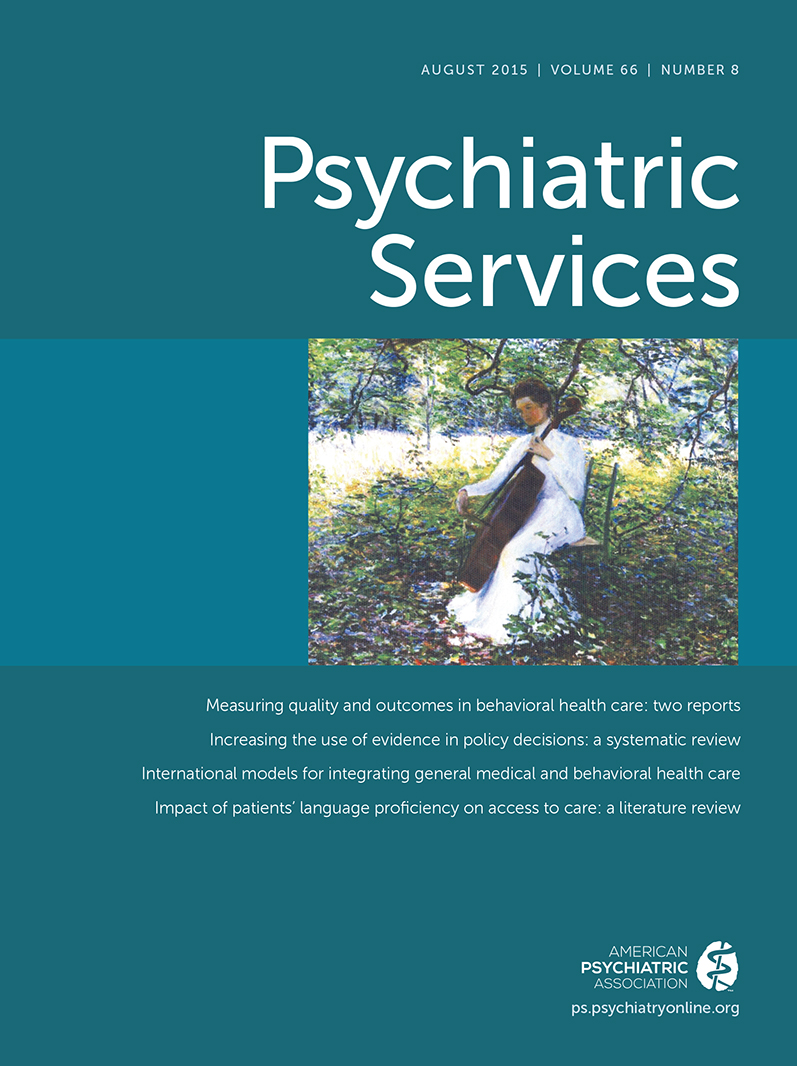The Current State of Behavioral Health Quality Measures: Where Are the Gaps?
Abstract
Objective:
This review examined the extent to which existing behavioral health quality measures address the priority areas of the National Behavioral Health Quality Framework (NBHQF) as well as the extent to which the measures have received National Quality Forum endorsement and are used in major reporting programs.
Methods:
This review identified behavioral health quality measures in widely used measure inventories, including the National Quality Measures Clearinghouse, National Quality Forum, and the Center for Quality Assessment in Mental Health. Additional measures were identified through outreach to federal agencies. Measures were categorized by type, condition, target population, data source, reporting unit, endorsement status, and use in reporting programs.
Results:
The review identified 510 measures. Nearly one-third of these measures address broad mental health or substance use conditions rather than a specific condition or diagnosis. Seventy-two percent are process measures. The most common data source for measures is administrative claims, and very few measures rely on electronic health records or surveys. Fifty-three (10%) measures have received National Quality Forum (NQF) endorsement, and 28 (5%) unique measures are used in major quality reporting programs. Several subdomains of the NBHQF, such as treatment intensification, financial barriers to care, and continuity of care, lack measures that are NQF endorsed.
Conclusions:
Despite the wide array of behavioral health quality measures, relatively few have received endorsement or are used in reporting programs. Future efforts should seek to fill gaps in measurement and to identify the most salient and strongest measures in each priority area.



